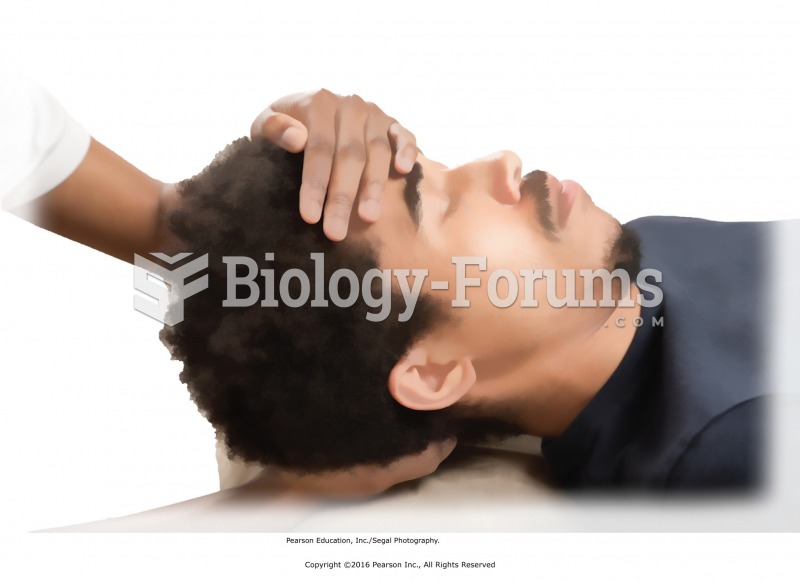Answer to Question 1
This is a common challenge on many campuses. While everyone likes the idea of having a unique foodservice hangout in a particular school or building, that doesn't guarantee it can be self supporting. If it isn't, the operation has to be subsidized, either by the rest of the dining program or by subsidies provided by the school in question.
Some of the issues to be considered are:
daily traffic patterns at the location (in this case, on the second floor, out of sight of walk-by traffic);
the hours of operation;
the cost of building the unit (including installation of utilities such as water, electrical power, drains, hood ductwork if required and so on);
the expected cannibalization effect on other outlets on campus;
and of course, the standard issues of food and labor costs balanced against potential revenue.
Even if such concerns are itemized in a pro-forma operating statement for an administrator or other requestor, he or she often will not understand that what seems like a great concept to him or her may not be at all practical. A pro-forma alone may not be enough to make key points without very carefully thought out and presented conclusions, expressed in language the administrator will more easily understand.
This kind of issue once again underscores the fact that, on a college campus, foodservice operations need to run as a separate business within the larger institution, and that many influential administrators in the institution will have very little understanding of the dynamics and financials necessary to make parts of the program financially successful.
Answer to Question 2
While offering new locations and hours of service can add new business, such strategies also can cannibalize existing business while adding additional costs. This is especially true if equivalencies can be used at them (affecting the dining hall meal participation economics) or if the new venues are too close physically or conceptually to existing locations or concepts. The best such services are usually developed to fill a specific niche or need that is not being served currently and which can generate enough business to make the new initiative self supporting.






